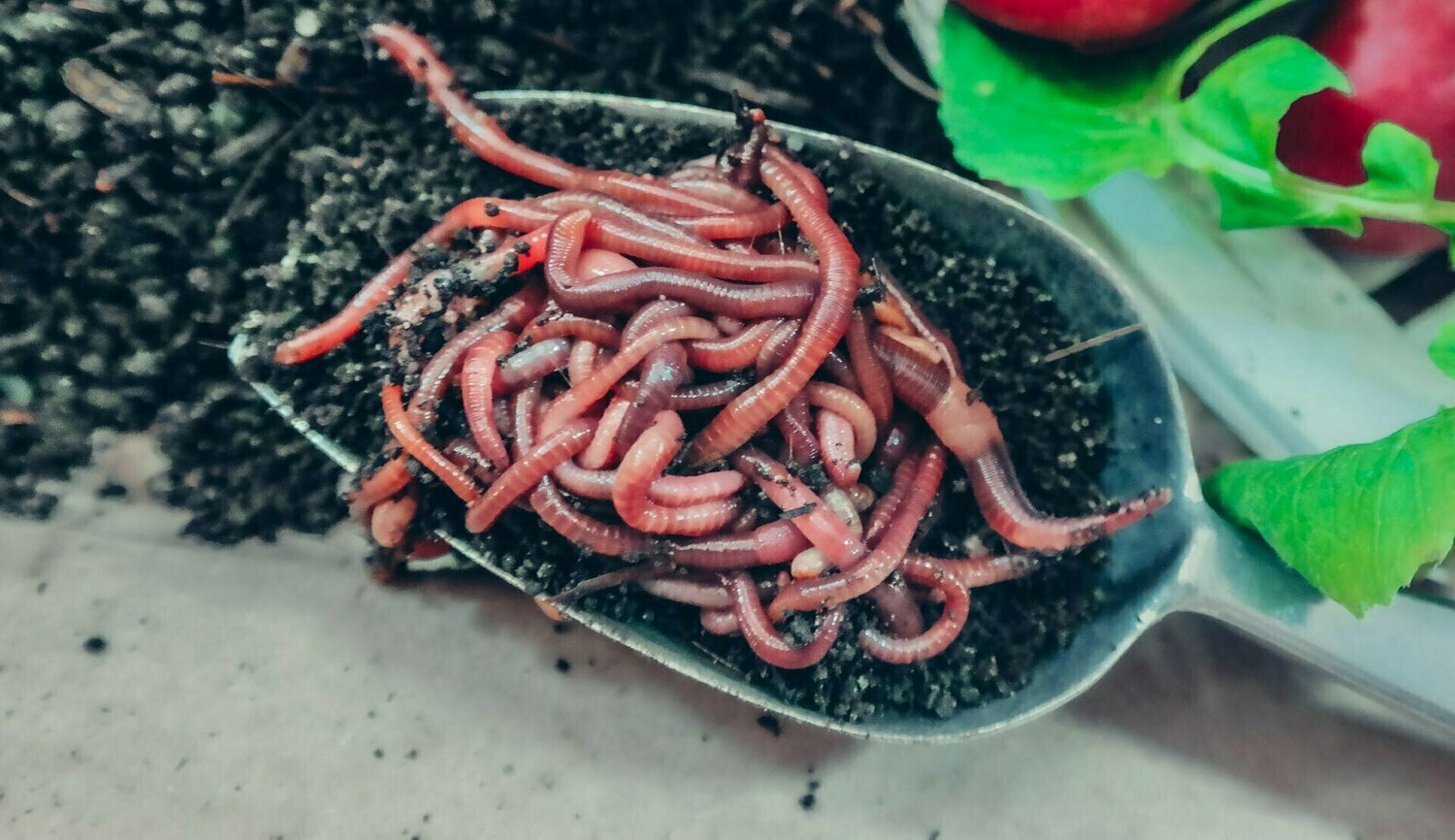Red wigglers: How to find them
Red wigglers: How to find them
Blog Article
Red Wigglers: Your Eco-Friendly Service for a Greener Yard
Red wigglers, or Eisenia fetida, provide a sustainable strategy to enhancing yard health through vermicomposting. By integrating red wigglers into your gardening practices, you can effectively take care of waste while supporting a vibrant environment.
(purchase red worms)
What Are Red Wigglers?
Although typically incorrect for regular earthworms, red wigglers (Eisenia fetida) are an unique varieties recognized for their performance in composting organic issue. These worms prosper in abundant, organic environments, such as compost piles and vermicomposting systems, where they play an important role in breaking down waste. Unlike their more usual equivalents, red wigglers favor a warmer habitat, generally in between 55 ° F and 77 ° F, which maximizes their task and productivity.
Red wigglers are characterized by their reddish-brown coloration and fractional bodies, which can expand up to four inches in size. They have a special capacity to eat and digest natural materials at an impressive price, refining up to half their body weight daily. This fast decay procedure not just enhances the dirt yet likewise adds to the total health and wellness of the garden community.
In regards to reproduction, red wigglers are respected, efficient in producing cocoons which contain several eggs. This enables quick population development, making them an ideal selection for composting ventures. Their flexibility and starved appetite for organic waste placement red wigglers as a necessary ally for environmentally conscious gardeners looking for lasting practices.
Advantages of Using Red Wigglers
Making use of red wigglers in the garden supplies various benefits that enhance both dirt quality and plant wellness. These earthworms are exceptional decomposers, breaking down natural matter such as cooking area scraps and lawn waste right into nutrient-rich castings. These spreadings, often described as "worm gold," provide crucial nutrients that enhance soil fertility, promoting vivid plant development.
Red wigglers likewise improve soil framework. The existence of red wigglers enhances microbial activity in the soil, developing a flourishing ecosystem that contributes to disease resistance and enhanced plant wellness.
Another considerable advantage of using red wigglers is their ability to decrease waste. In recap, incorporating red wigglers into gardening methods returns considerable benefits, making them a beneficial addition to any eco-conscious yard.
(Lake James Bait)
Exactly How to Start Vermicomposting
To start vermicomposting, it's crucial to create an ideal environment for red wigglers to thrive, as their success straight affects the efficiency of the composting procedure. Start by selecting a container, such as a plastic or wood bin, with sufficient water drainage and ventilation. A size of roughly 2 square feet is suitable for a family, allowing for a manageable worm populace.
Following, prepare bedding product that is wet however not overly damp. Shredded newspaper, cardboard, and coconut coir are exceptional selections, offering a comfortable environment while likewise functioning as a carbon resource. Fill the bin with 4 to 6 inches of bed linen.
After developing the bed linens, introduce your red wigglers. A normal starting population is about 1 extra pound of worms, which can eat around half a pound of food scraps daily. It is important to include food scraps slowly, concentrating on YOURURL.com vegetable peelings, fruit waste, and coffee premises, while avoiding meat, dairy products, and oily foods to prevent smells.
Keeping a Healthy Worm Bin
As soon as your red wigglers are cleared up right into their new bedding, keeping a healthy and balanced worm bin becomes critical to guarantee optimal composting problems. Preferably, the worm container ought to be maintained damp yet not soggy; a moisture degree around 60-70% is ideal.
Temperature control is equally important. Red wigglers flourish in environments in between 55 ° F and 77 ° F(13 ° C to 25 ° C) Prevent revealing the container to extreme temperature levels; extreme warmth can kill the worms, while too much cold can reduce their activity.
Aeration is important to stop anaerobic conditions, which can result in undesirable odors and damage the worms. Turn the bedding gently every couple of weeks to advertise air movement and disperse food equally.
Feeding your red wigglers is one more important facet. Offer a balanced diet of kitchen scraps, preventing citrus and spicy foods, which can be damaging to their wellness. By routinely monitoring these elements, you can make sure a thriving ecosystem within your worm bin.

Tips for Using Worm Spreadings
Consistently including worm castings into your garden can considerably improve dirt health and wellness and plant development. To efficiently make use of worm spreadings, start by establishing the proper application rate, which normally ranges from 10-20% of the complete dirt volume. This guarantees optimum nutrient availability without overwhelming your plants.
When applying worm castings, blend them into the top few inches of soil around established plants or incorporate them right into your seed-starting mix for new seed startings. This technique promotes root development and boosts moisture retention. In addition, think about developing a worm tea by steeping worm castings in water for 24-48 hours. This nutrient-rich liquid can be used as a foliar spray or soil saturate, providing an immediate boost to your plants.

Conclusion
The usage of red wigglers in horticulture techniques provides a lasting technique to waste management and dirt enrichment. The combination of red wigglers into gardening regimens eventually supports both ecological balance and farming productivity. red worms.
Report this page